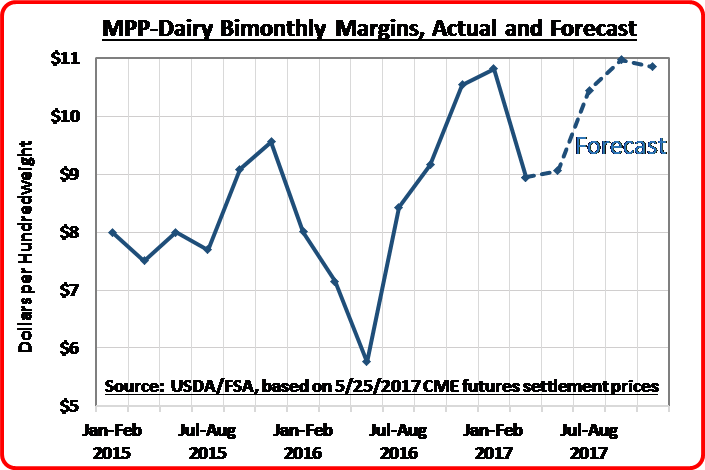ARLINGTON, VA – In a meeting today with Rep. Dan Newhouse (R-WA), National Milk Producers Federation President and CEO Jim Mulhern expressed appreciation on behalf of the nation’s dairy farmers for the congressman’s work to advance NMPF’s proposal to expand the H-2A farm worker visa program to include year-round employees on dairy farms.
During consideration Wednesday of the U.S. Department of Homeland Security’s annual funding bill, Rep. Newhouse offered an amendment that would allow farm employers to use the H-2A visa program to hire foreign workers, regardless of whether those employees are engaged in temporary or seasonal work. NMPF and leaders of its Immigration Task Force worked with Rep. Newhouse and Appropriations Committee leaders to advance the proposal so that dairy farmers can more readily use the H-2A visa program to fill their need for year-round workers. The amendment was adopted by the House Appropriations Committee with bipartisan support.
“Expanding the scope of the H-2A farm worker visa program is part of the continuing effort of NMPF and its members to find solutions to the labor challenges facing America’s dairy industry,” Mulhern said. “Dairy farmers have cows that need to be milked twice a day, every single day, yet they largely have not been able to utilize the H-2A visa program because of how the U.S. Department of Labor interprets the existing program, which restricts the visas only to the temporary and seasonal labor needs of agricultural employers,” he said.
NMPF Immigration Task Force Chairman Mike McCloskey, a Fair Oaks, Ind., dairy farmer, said the H-2A changes are an important first step to address the labor challenges facing U.S. dairy farmers. “We have been working with the administration to correct this, and now, thanks to Rep. Newhouse and many other legislators on both sides of the aisle, we have additional support to prompt the Department of Labor to expand the scope of the H-2A program beyond just seasonal jobs. This will make the H-2A program much more attractive and valuable to America’s dairy farmers.”
While the Newhouse measure has drawn criticism from some farm union organizations, NMPF believes creating an additional legal pathway for workers to connect with farm employers deserves bipartisan support. “This measure simply broadens an existing program for farm workers to recognize the unique needs of dairying,” Mulhern said. “It is critical to the vitality of the U.S. dairy industry and the fate of thousands of farm workers that our government creates and supervises a system that provides secure, legal employment. We hope the merits of this approach will surmount any opposition,” he said.
Mulhern said he was pleased that other dairy groups that have not been involved in this effort have since expressed appreciation for the NMPF-backed proposal. He said NMPF’s Immigration Task Force, which represents NMPF member co-ops and state dairy associations across the country, have been working on these issues for years, and is pleased to see progress in this effort. In addition to working with Rep. Newhouse and leaders of the House Appropriations and Judiciary committees, NMPF’s immigration efforts have involved extensive outreach to Trump Administration officials in a comprehensive effort to address the workforce needs of farm employers.
Beyond the efforts to improve the H-2A program, Mulhern said he is optimistic that NMPF’s work with the House Judiciary Committee will soon result in an agricultural visa program bill.
“This amendment is a great complement to our long relationship and work with House Judiciary Chairman Bob Goodlatte and other members of Congress to address the need for a legal, reliable supply of farm workers,” said Mulhern. “We still need broader legislation that addresses the limited labor supply available to America’s farm employers. It’s in the best interest of all parties to acknowledge the deficiencies of the current system, where many of our farm workers are not legally documented, and where many employers don’t have access to a viable guest worker program.”
He added that NMPF and its members “remain committed to a long-term solution to the crisis of farm labor shortages in rural America. We need to maintain our current workforce while creating a sensible, workable means of filling farm jobs in the future. We will continue to work with Congress and the administration toward that end.”
###
The National Milk Producers Federation (NMPF), based in Arlington, VA, develops and carries out policies that advance the well-being of dairy producers and the cooperatives they own. The members of NMPF’s cooperatives produce the majority of the U.S. milk supply, making NMPF the voice of dairy producers on Capitol Hill and with government agencies. For more on NMPF’s activities, visit our website at www.nmpf.org.

 (Washington, D.C.) – The CEO of a major farmer-owned dairy cooperative in Washington state told a congressional panel today that the North American Free Trade Agreement (NAFTA) has created jobs and increased sales for his company and the entire U.S. dairy sector, and that a renegotiated treaty must maintain market access to Mexico while also fixing trade challenges with Canada.
(Washington, D.C.) – The CEO of a major farmer-owned dairy cooperative in Washington state told a congressional panel today that the North American Free Trade Agreement (NAFTA) has created jobs and increased sales for his company and the entire U.S. dairy sector, and that a renegotiated treaty must maintain market access to Mexico while also fixing trade challenges with Canada.
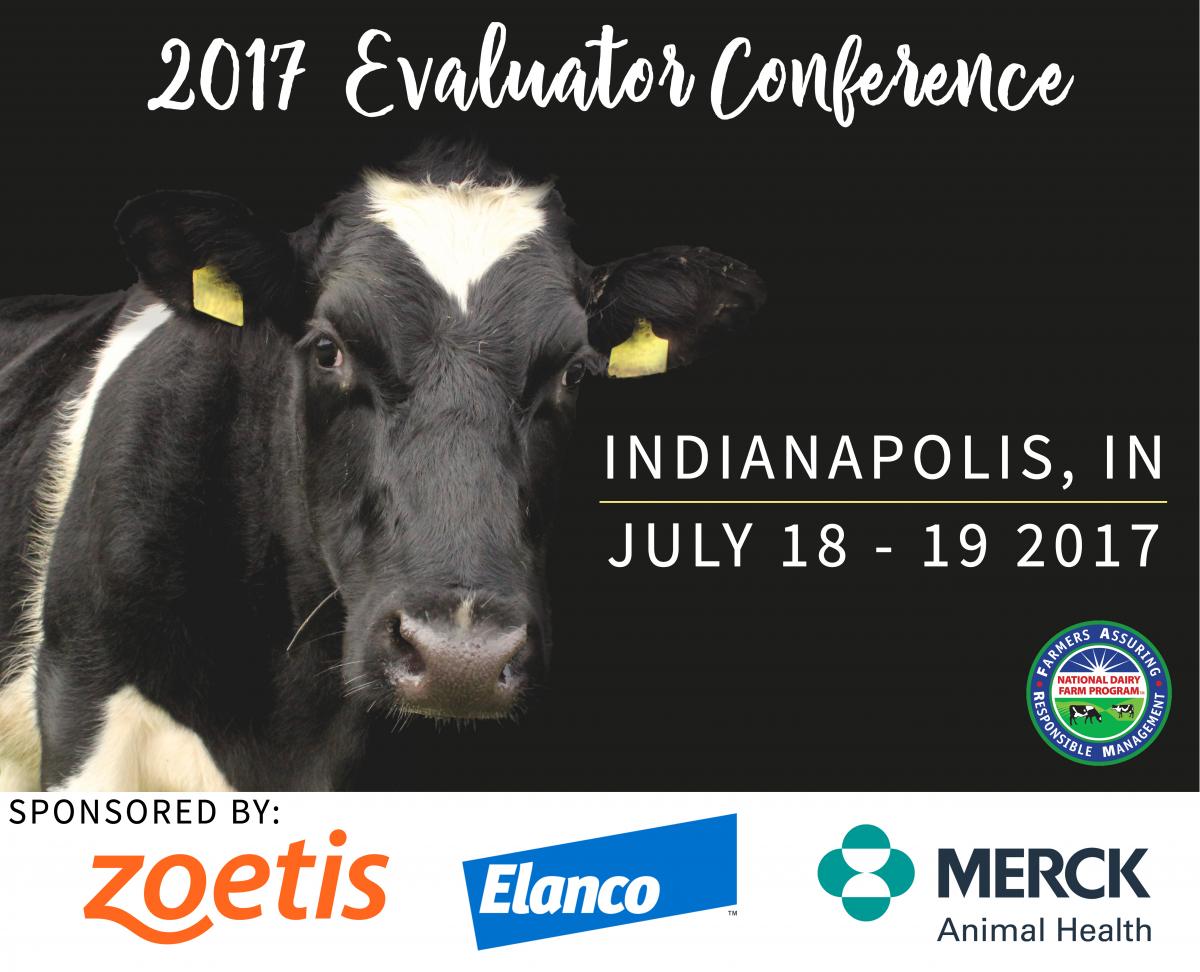 The second National Dairy FARM Program Evaluator Conference will be held in Indianapolis, Ind., on July 18-20, 2017. More than 400 trained FARM Animal Care evaluators will have the chance to network and discuss relevant topics in animal care, environmental stewardship and proper antibiotic use.
The second National Dairy FARM Program Evaluator Conference will be held in Indianapolis, Ind., on July 18-20, 2017. More than 400 trained FARM Animal Care evaluators will have the chance to network and discuss relevant topics in animal care, environmental stewardship and proper antibiotic use.
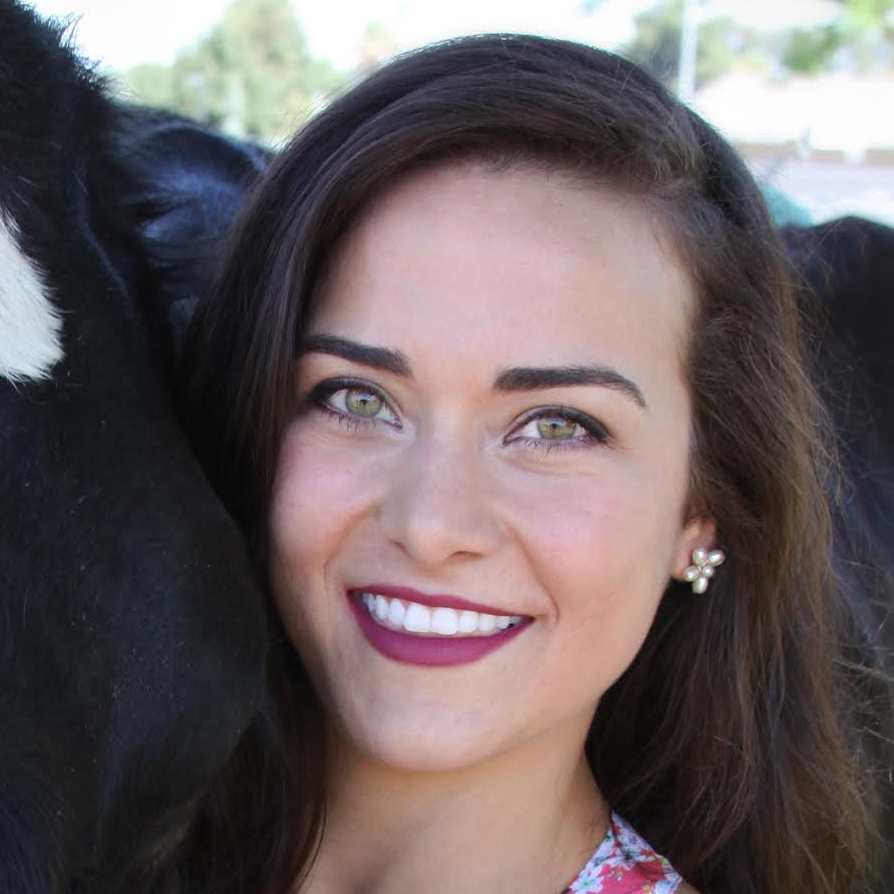 At NMPF’s June board meeting, the NMPF Scholarship Committee selected two graduate students to receive scholarships as part of the 2017 NMPF National Dairy Leadership Scholarship Program. These students are conducting research in areas that will benefit dairy cooperatives and producers.
At NMPF’s June board meeting, the NMPF Scholarship Committee selected two graduate students to receive scholarships as part of the 2017 NMPF National Dairy Leadership Scholarship Program. These students are conducting research in areas that will benefit dairy cooperatives and producers. On June 19, NMPF submitted comments to the U.S. Food and Drug Administration (FDA) regarding the regulation of animals that result from gene-editing techniques. Gene-editing has potential for the U.S. dairy in helping to address animal welfare, antibiotics and sustainability issues.
On June 19, NMPF submitted comments to the U.S. Food and Drug Administration (FDA) regarding the regulation of animals that result from gene-editing techniques. Gene-editing has potential for the U.S. dairy in helping to address animal welfare, antibiotics and sustainability issues.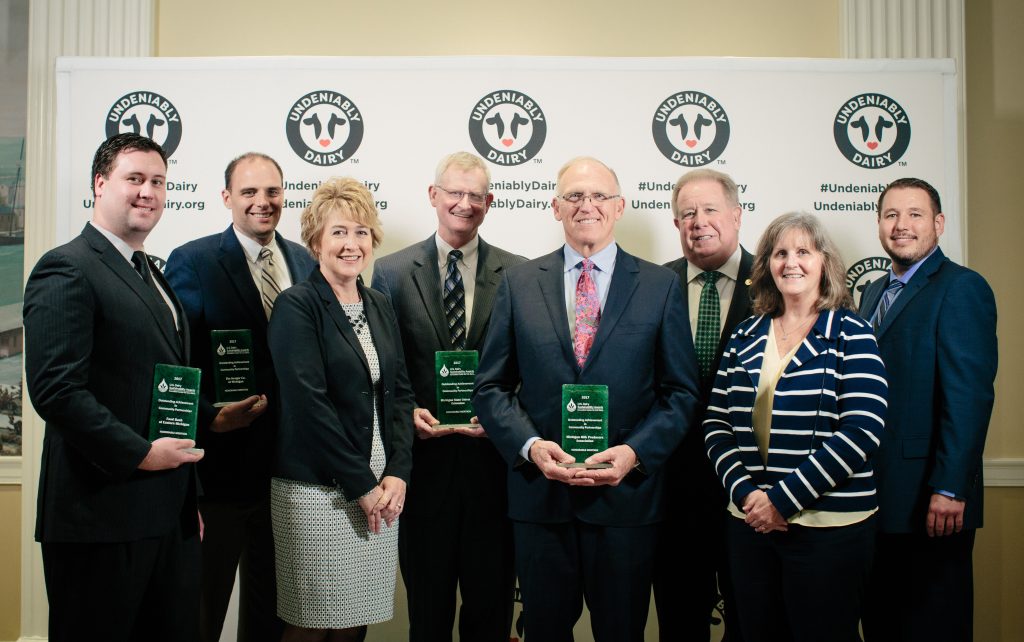 National Milk congratulated the Michigan Milk Producers Association (MMPA) after the member cooperative won honorable mention at the 2017 U.S. Dairy Sustainability Awards in late June for their work supporting food-insecure families after the Flint water crisis.
National Milk congratulated the Michigan Milk Producers Association (MMPA) after the member cooperative won honorable mention at the 2017 U.S. Dairy Sustainability Awards in late June for their work supporting food-insecure families after the Flint water crisis.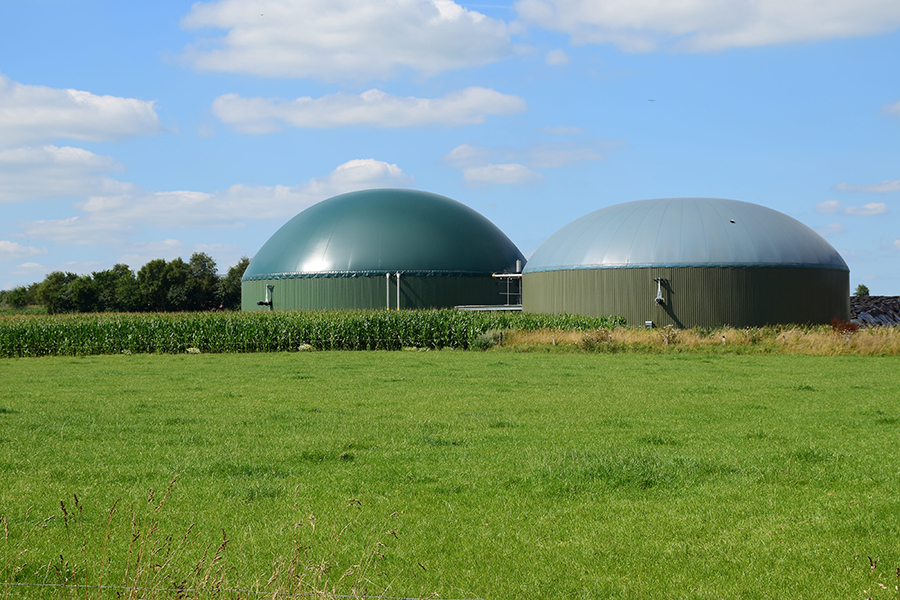 National Milk is advocating in support of new legislation, introduced in both the House and Senate, that would create tax incentives for nutrient recovery and biogas systems, and is working with the legislation’s sponsors to find opportunities to pass the measure as part of a broader tax reform bill.
National Milk is advocating in support of new legislation, introduced in both the House and Senate, that would create tax incentives for nutrient recovery and biogas systems, and is working with the legislation’s sponsors to find opportunities to pass the measure as part of a broader tax reform bill.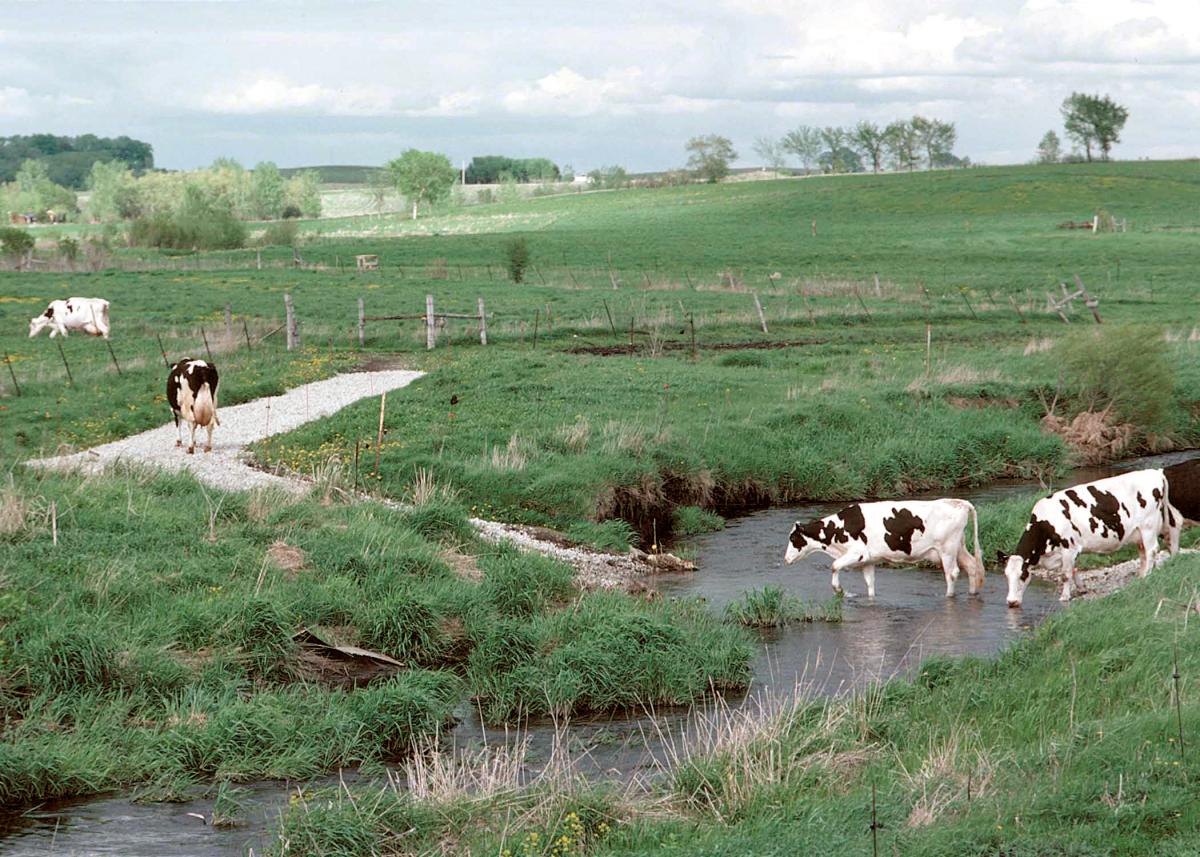
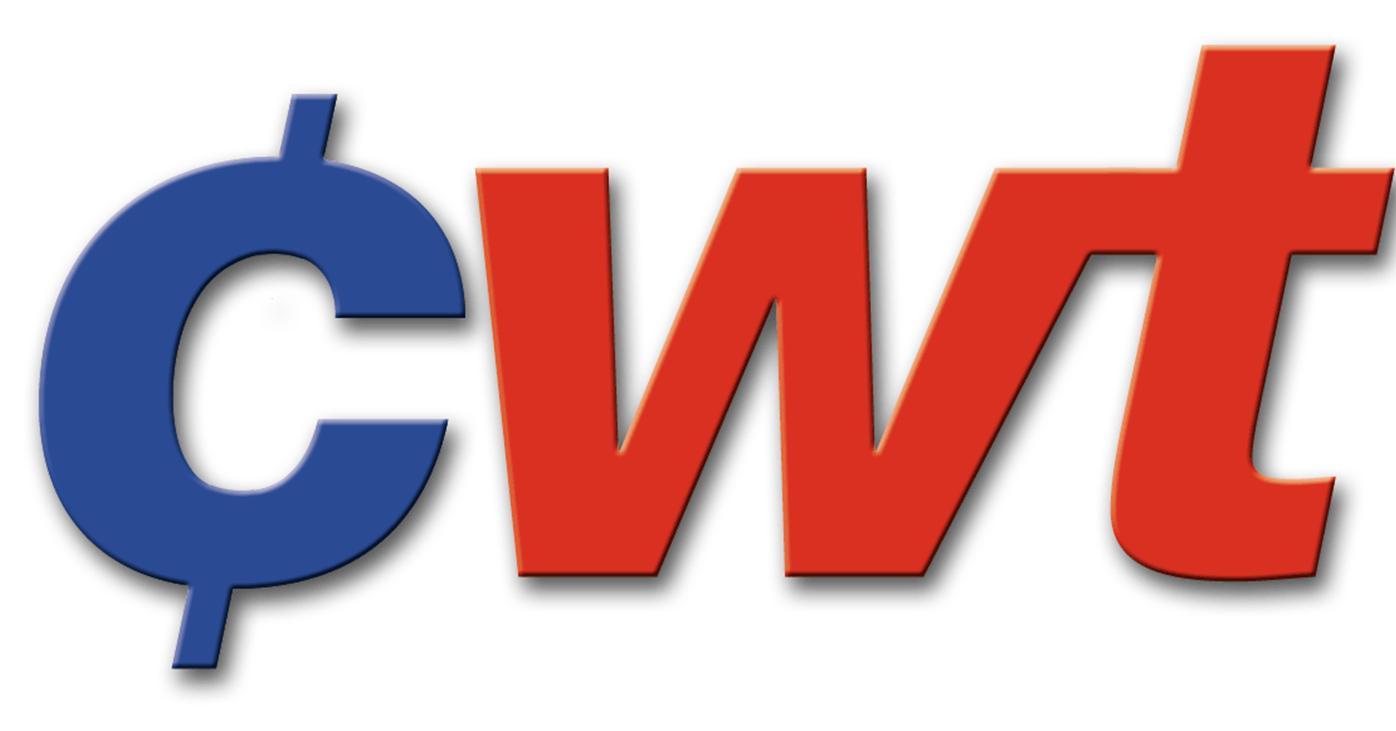 CWT member cooperatives secured 26 contracts to sell 4.1 million pounds of cheese to customers in Asia, Central America, the Middle East, North Africa and Oceania in June 2017. The product will be shipped from June through September 2017.
CWT member cooperatives secured 26 contracts to sell 4.1 million pounds of cheese to customers in Asia, Central America, the Middle East, North Africa and Oceania in June 2017. The product will be shipped from June through September 2017.